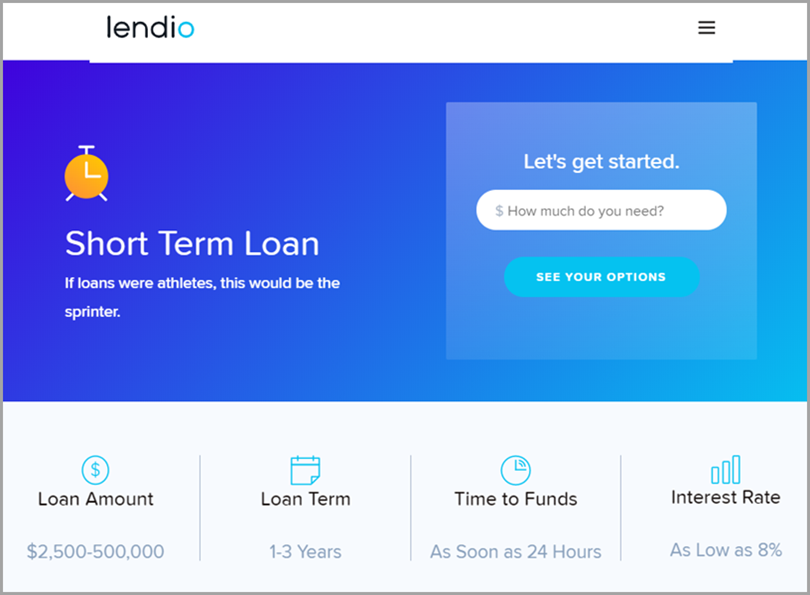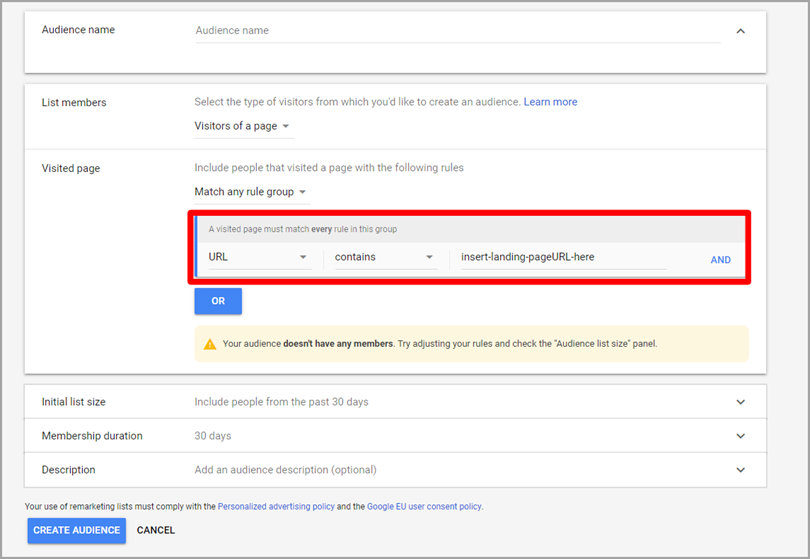
Social media is home to billions of users worldwide. 2.62 billion, to be exact.
And PPC has a proven track record: producing $2 for every dollar spent.
The only problem is: how can you leverage both?
Sure, you can run campaigns on Facebook or promoted posts on Instagram.
Meanwhile, you can launch targeted search campaigns on Google.
But, what if you could combine both, creating a seamless experience for users from start to finish?
Here are three ways to do just that and get more conversions.
1. Target specific social post engagements with Google Remarketing
Social media is rarely a place for more conversions. People are there to engage with their family, friends, and people they follow.
Users are rarely going on Facebook with the goal of purchasing products.
Sure, they may discover products on social, but the intent isn’t to buy.
Thankfully, you don’t need it to be.
In fact, social advertising for direct sales is likely going to produce sub-par results.
It’s best served for mention monitoring, brand awareness or content promotion, instead.
So, how do you do it?
Essentially, your goal here will be to:
- Conduct a good social media campaign.
- Retarget those who engaged with that campaign via Google display remarketing.
- Get them to convert on a landing page.
This will create a seamless experience from platform to platform, tapping into omnichannel marketing.
First, you will want to create a new social campaign where your goal is to either target engagement on a post or drive visits from a post back to a dedicated landing page on your website. This ensures that you can retarget those specific users, rather than a diluted pool of visitors on a public landing page.
There are two main ways to conduct this campaign:
- Create a list you can remarket based on Facebook or Instagram engagement (on a specific post).
- Remarket specific website visits that your campaign generates to that dedicated landing page.
Either method is greatly effective, they just utilize different strategies.
Recently, loan company Lendio conducted this campaign. The first step was generating social engagement in their niche. They did this by showcasing the CEO’s story about turning loans and awards into massive business success:
And then, using display remarketing, users who engaged with that social post were driven via PPC ads to a new landing page to close the deal:

This works for two reasons:
- The transition from social awareness to lead qualification is seamless.
- The campaign is directly related and targeted. People view a story about business loan success and then get directed to a landing page to qualify for their own loans.
Now that’s specificity.
If you decide to keep engagement on Facebook, you can download the list and upload it to Google as a new audience:
If you drive traffic from Facebook to your website, you simply remarket those specific page visits:
The next step in your campaign is engaging this audience with Google-based PPC ads, directing them to a landing page with lead magnets or a reason to give you their contact info.
2. Promote your content more effectively
According to recent studies, promoted content on social media is receiving 50% the engagement it got just a few years ago.
So if you think you can just share content on social and call it a day, you can’t.
That’s a sure-fire way to produce a tiny engagement rate.
And if you want your content to succeed, that’s not an option.
There are millions of pieces of content going out the door every single day now. Standing out is harder than ever.
Promoting content can’t just be sharing your latest link on Twitter.
Instead, you can combine both PPC and social. Here is how.
First off, start by promoting your content as normal on social media.
Let’s take podcasts for example. Say you want to share the latest episode of your podcast on social with some nice album artwork:

One of my favorite ways to combine PPC and social for more conversions is to:
- Promote your latest piece of content on social as normal.
- Follow-up by creating an RLSA audience on Google Ads, targeting those who clicked on your podcast (or any other form of content).
This way, you know those who engaged from social are hyper-engaged to your content. Meaning they are highly likely to further click when they see you in search ads.
Let’s dive into how.
First off, head to your favorite social platforms and start to promote your content as normal. For example, just share your latest content on social, like this:
You can either focus on driving traffic to your YouTube channel or a given landing page.
Doing so will allow you to create a remarketing list based on visits.
In your Google Ads account, navigate to the remarketing audience section. Here you can create a new audience based on Youtube visits (if you want to promote YouTube specific content) or your website:
Once you’ve developed your audience, create a new search network campaign, and select your remarketing audience:
This will turn your search network campaign into a remarketing campaign, but for the search network only.
Now, when you select target keywords for this search network campaign, here is where you can start to promote your content.
Target your keywords to focus on what your social users engaged with in the first place.
For example, if you promoted your content marketing podcast on social media, target keywords in that niche.
When members of your remarketing list search on Google for those terms (or related ones), your content will show up first.
But, it doesn’t end there.
Doing so opens the door for even further targeting for new audiences, aka, lookalikes.
You can then duplicate this campaign to a lookalike audience who will also be interested in your niche.
Win-Win.
Want better content promotion? Promote your content on social, remarket interested users, and then keep duplicating your campaigns via lookalikes.
3. Use interests and exclusions in Facebook Ads
The data is in: social engagement sucks. And paying to play on social is getting more expensive by the month.
No longer are the days of promoting your posts on social for pennies to the dollar.
Likes don’t mean much.
Followers don’t either.
All that matters now is driving real, targeted engagement that leads to tangible sales.
How?
By refining your audience targeting down to a small, small list.
This is where interests and exclusions come into play:

With Facebook Ads, you can start to heavily customize these factors for refined audience targeting.
For instance, target specific job titles, additional interests, and even direct segments.
You can continually add nearly unlimited amounts of these interests too.
Doing so will lower your audience pool size, but that’s good. That means you are targeting fewer people who won’t convert, raising your conversions.
In your campaign, focus on a lead magnet style offering:
Use this to drive visits back to your landing page, as Housecall Pro does:

This message match will also help to improve conversions.
Facebook Ads have countless types of campaigns to choose from:

The problem is:
Most people focus on the wrong ones. They focus on building likes, shares, and follows. Sadly, these don’t work well anymore.
With billions of users on Facebook alone, you need audiences that are highly specific.
Otherwise, you are dumping money into clicks that will never convert.
Conclusion
Social media contains billions of unique users. While this is a gold-mine of potential sales, it also presents a big problem:
Engagement rates are very low, and reaching your target market requires some ingenuity.
Enter: PPC.
PPC marketing is time-tested and proven to drive a return on your investment.
But, conversions are still low.
So, why not combine both?
Omnichannel marketing is here to stay. Utilizing both for their effectiveness can help to improve conversions.
Have you ever combined social media and PPC to improve conversion rates? What are your favorite tactics?
Guest author: David Zheng is the Founder of Growth Wit and Wisemerchant and the Head of Growth at BuildFire. He specializes in growth and content strategies to help influencers, eCommerce brands, venture-backed startups, and Fortune 500 companies grow their traffic and revenue online.
